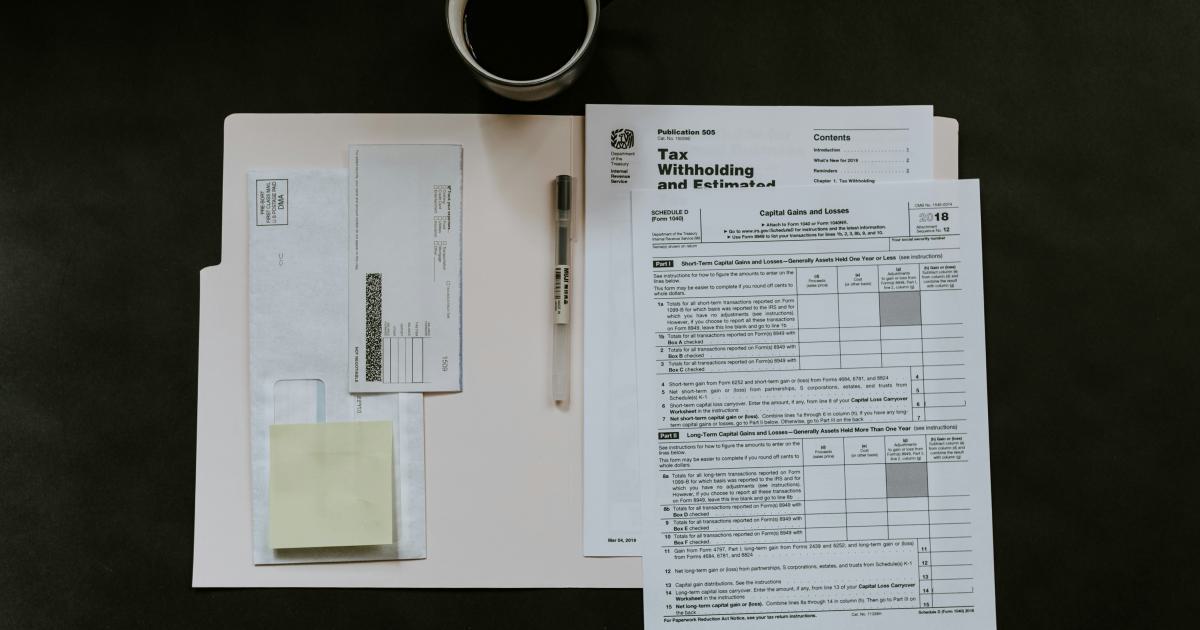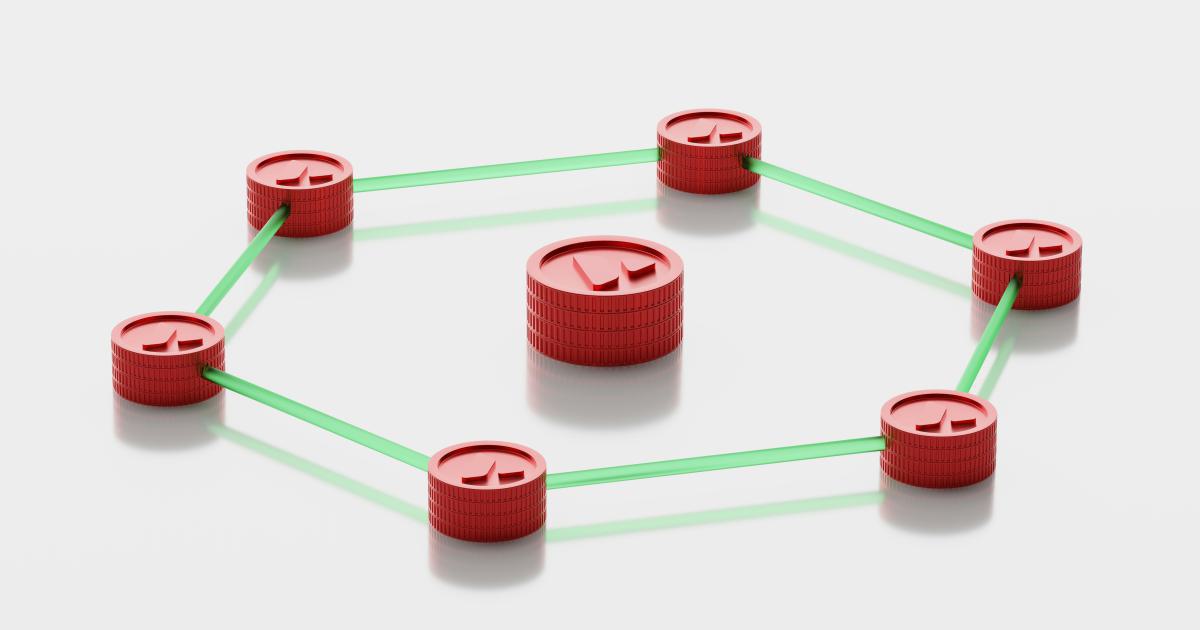Unleash Google's RankBrain with Smarter Internal Linking


The Power of Smarter Internal Linking
Internal linking is a fundamental aspect of search engine optimization (SEO), yet it is often overlooked or misunderstood. Google's RankBrain, an integral part of the company's search algorithm, places a significant emphasis on the quality and relevance of a website's internal linking structure. By leveraging this powerful AI-driven component, you can unlock a wealth of opportunities to improve your website's visibility, user experience, and overall search engine rankings.

In this comprehensive article, we'll delve into the intricacies of smarter internal linking and explore how you can harness the potential of RankBrain to elevate your online presence. We'll uncover the underlying principles, strategies, and best practices that will empower you to create a cohesive and effective internal linking architecture, ultimately driving more targeted traffic and enhancing your website's overall performance.
Understanding the Role of RankBrain in Search
Before we dive into the specifics of smarter internal linking, it's essential to understand the significance of Google's RankBrain and its impact on search engine results.
RankBrain is a machine learning-based algorithm introduced by Google in 2015 to enhance its search capabilities. Unlike traditional search algorithms that rely primarily on keyword matching and link analysis, RankBrain utilizes advanced natural language processing (NLP) and artificial intelligence (AI) techniques to better comprehend user intent and deliver more relevant search results.
The Importance of RankBrain
RankBrain's primary objective is to improve the overall quality and relevance of search results by considering a wide range of signals beyond just keywords and links. It analyzes the context, semantics, and user behavior patterns to better understand the user's search query and provide the most appropriate and useful information.
"RankBrain is the third-most important signal contributing to the result of a given search query."
By understanding the significance of RankBrain, you can strategically optimize your website's internal linking structure to align with the algorithm's preferences and ultimately improve your search engine rankings.
The Impact of Smarter Internal Linking on RankBrain
Smarter internal linking plays a crucial role in RankBrain's evaluation of your website. By creating a well-structured and contextually relevant internal linking system, you can signal to RankBrain that your content is:
Interconnected and Cohesive: RankBrain looks for websites that have a strong internal linking structure, as this indicates a well-organized and informative resource for users.
Relevant and Valuable: Effective internal linking helps RankBrain understand the relevance and value of your content, as it can easily navigate between related pages and topics.
User-Friendly: Intuitive and logical internal linking enhances the user experience, making it easier for visitors to find the information they need, which is a key factor in RankBrain's evaluation.
By aligning your internal linking strategy with RankBrain's preferences, you can unlock the full potential of this powerful algorithm and position your website for greater visibility and improved search engine rankings.
Establishing a Robust Internal Linking Strategy
To leverage the power of RankBrain and achieve smarter internal linking, you'll need to develop a comprehensive strategy that encompasses several key elements. Let's explore these crucial components:
1. Understand the Importance of Contextual Relevance
The foundation of a successful internal linking strategy lies in the contextual relevance of the links. RankBrain places a strong emphasis on the semantic relationship between the linking page and the linked page. By ensuring that your internal links connect content that is thematically relevant and logically related, you can signal to RankBrain that your website is a well-organized and informative resource.

For example, if you have a page about "organic gardening techniques," your internal links should direct users to related content such as "composting methods," "pest control for organic gardens," or "sustainable watering practices." Avoid random or irrelevant links, as they can negatively impact your website's perceived coherence and relevance.
2. Prioritize Keyword-Rich Anchor Text
The anchor text of your internal links plays a crucial role in RankBrain's understanding of your content. Incorporate relevant and descriptive keywords into your anchor text to provide clear signals about the topic and relevance of the linked page.

By using keyword-rich anchor text, you can help RankBrain better comprehend the context and topical relationship between the linking and linked pages, ultimately improving the algorithm's ability to surface your content in relevant search results.
3. Establish a Logical Linking Hierarchy
Organizing your internal linking structure in a hierarchical and logical manner is essential for RankBrain to comprehend the overall architecture of your website. This involves creating a clear and intuitive navigation system that allows users (and RankBrain) to easily navigate from high-level, broad-topic pages to more specific, detailed content.

By establishing a well-structured linking hierarchy, you can demonstrate to RankBrain that your website is organized in a way that facilitates a seamless user experience and provides a clear understanding of the relationships between your content.
4. Leverage Topical Clustering
Topical clustering is a powerful technique that involves grouping related content together and strategically linking them to one another. This approach helps RankBrain recognize the thematic connections within your website, allowing it to better understand the overall context and relevance of your content.

By creating topical clusters and ensuring tight internal linking between these related pages, you can signal to RankBrain that your website is a comprehensive and authoritative resource on specific topics, improving your chances of ranking higher in search results.
5. Optimize for User Experience
While RankBrain's primary focus is on understanding the relevance and context of your content, it also places a significant emphasis on user experience. By creating an intuitive and seamless internal linking structure, you can enhance the user's ability to navigate your website and find the information they need.

RankBrain analyzes user behavior, such as dwell time, bounce rate, and click-through rates, to evaluate the quality and usefulness of your website. By optimizing your internal linking for a positive user experience, you can signal to RankBrain that your content is valuable and engaging, leading to improved search engine rankings.
Implementing Smarter Internal Linking Strategies
Now that we've covered the foundational principles of smarter internal linking, let's dive into the practical implementation strategies that will help you unleash the full potential of RankBrain.
Conduct a Comprehensive Content Audit
The first step in optimizing your internal linking structure is to conduct a thorough content audit. This process involves:
Identifying all the pages and content assets on your website
Categorizing them by topic, theme, or relevance
Analyzing the existing internal linking structure
By understanding the scope and organization of your content, you can identify opportunities to strengthen the contextual relevance and logical hierarchy of your internal links.

Implement Contextual Linking
Once you have a clear understanding of your website's content, focus on creating contextual internal links. Connect pages that share a thematic relationship, ensuring that the linking text and the linked content are semantically relevant.
For example, if you have a page about "best practices for email marketing," you could include internal links to pages discussing "email list building," "email subject line optimization," and "email campaign analytics."

Leverage Keyword-Rich Anchor Text
Carefully craft your anchor text to include relevant keywords and phrases that accurately describe the linked content. This will help RankBrain better understand the context and relevance of the internal links, leading to improved search engine visibility.
"Anchor text is a critical factor in RankBrain's evaluation of your website's internal linking structure."

Establish a Logical Linking Hierarchy
Organize your internal linking structure in a hierarchical manner, with high-level, broad-topic pages linking to more specific, detailed content. This logical hierarchy will help RankBrain understand the overall architecture of your website and the relationships between your pages.

Create Topical Clusters
Group related content into topical clusters and interlink these pages to strengthen the contextual relevance of your internal links. This approach will signal to RankBrain that your website is a comprehensive and authoritative resource on specific topics.

Optimize for User Experience
Continuously evaluate and refine your internal linking structure to ensure a seamless and intuitive user experience. Monitor user behavior metrics, such as dwell time and bounce rate, to identify areas for improvement and make adjustments accordingly.

Monitoring and Refining Your Internal Linking Strategy
Implementing a smarter internal linking strategy is an ongoing process that requires continuous monitoring and refinement. By regularly evaluating the performance of your internal links and making data-driven adjustments, you can continually optimize your website's visibility and user experience.
Analyze Internal Linking Performance
Utilize web analytics tools to track the performance of your internal links, including:
- Click-through rates: Identify the most popular and engaging internal links.
- Bounce rates: Analyze pages with high bounce rates to uncover potential issues with the internal linking structure.
- Dwell time: Monitor the average time users spend on pages with effective internal links.
By monitoring these metrics, you can identify areas for improvement and make strategic adjustments to your internal linking strategy.

Continuously Refine and Iterate
As your website's content and structure evolve, it's essential to regularly review and refine your internal linking strategy. This may involve:
- Adding new internal links: Identify opportunities to connect related content that was previously unlinked.
- Updating existing links: Modify anchor text, link destinations, or the overall linking hierarchy to improve relevance and user experience.
- Removing outdated or irrelevant links: Prune internal links that no longer serve a purpose or create confusion.
By maintaining a proactive and iterative approach to internal linking, you can ensure that your website's architecture remains optimized for RankBrain and continues to deliver an exceptional user experience.

Overcoming Challenges in Smarter Internal Linking
While implementing a smarter internal linking strategy can significantly improve your website's performance, it's important to be aware of potential challenges and how to address them.
Content Silos and Fragmentation
One common challenge is content silos and fragmentation, where different sections of your website are not well-connected. This can make it difficult to establish the necessary contextual relevance and hierarchical structure required for effective internal linking.
To overcome this, conduct a thorough content audit, identify opportunities for cross-linking, and restructure your content to create a more cohesive and interconnected website.
Competing Priorities and Limited Resources
Implementing a comprehensive internal linking strategy can be time-consuming, especially for large or complex websites. Competing priorities and limited resources may pose challenges in dedicating the necessary time and effort to this task.
To address this, prioritize the most important sections or pages of your website and focus on optimizing the internal linking in those areas first. Gradually expand your efforts as resources and time permit.
Technical Limitations and CMS Constraints
Depending on the content management system (CMS) or website platform you use, there may be technical limitations or constraints that impact your ability to implement certain internal linking strategies.
Work closely with your development team to explore solutions or workarounds that can help you achieve your desired internal linking structure within the constraints of your CMS. Alternatively, consider migrating to a more flexible platform that better supports advanced internal linking capabilities.
Resistance to Change
Implementing a smarter internal linking strategy may require significant changes to your website's structure and content organization. This can sometimes meet resistance from stakeholders or team members who are accustomed to the existing approach.
To overcome this challenge, build a strong business case that demonstrates the potential benefits of a smarter internal linking strategy, such as improved search engine visibility, enhanced user experience, and increased conversions. Engage key stakeholders early in the process and encourage their buy-in and support.
By proactively addressing these challenges and adopting a flexible, iterative approach, you can successfully implement a smarter internal linking strategy and unleash the full potential of Google's RankBrain.
Conclusion: Unlocking the Power of Smarter Internal Linking
In the ever-evolving landscape of search engine optimization, harnessing the power of Google's RankBrain through smarter internal linking is a crucial strategy for driving increased visibility, engagement, and success for your website.
By understanding the importance of contextual relevance, keyword-rich anchor text, logical linking hierarchies, topical clustering, and user-friendly experiences, you can create an internal linking structure that aligns with RankBrain's preferences and signals the value and authority of your content.
Through a comprehensive content audit, strategic implementation, and continuous monitoring and refinement, you can unlock the true potential of your website and position it for long-term success in the search engine results.
As you embark on this journey of smarter internal linking, remember that it's an ongoing process that requires dedication, adaptability, and a deep understanding of your target audience and the ever-changing search landscape. By embracing this approach, you'll not only improve your search engine rankings but also enhance the overall user experience and establish your website as a trusted and authoritative resource in your industry.
So, are you ready to unleash the power of Google's RankBrain and take your website to new heights? Let's get started!
Further Reading
- The Importance of Internal Linking for SEO
- Google's RankBrain: The Definitive Guide
- Internal Linking Best Practices for SEO
- How to Improve Your Internal Linking Structure
- Topical Clustering: A Powerful SEO Strategy